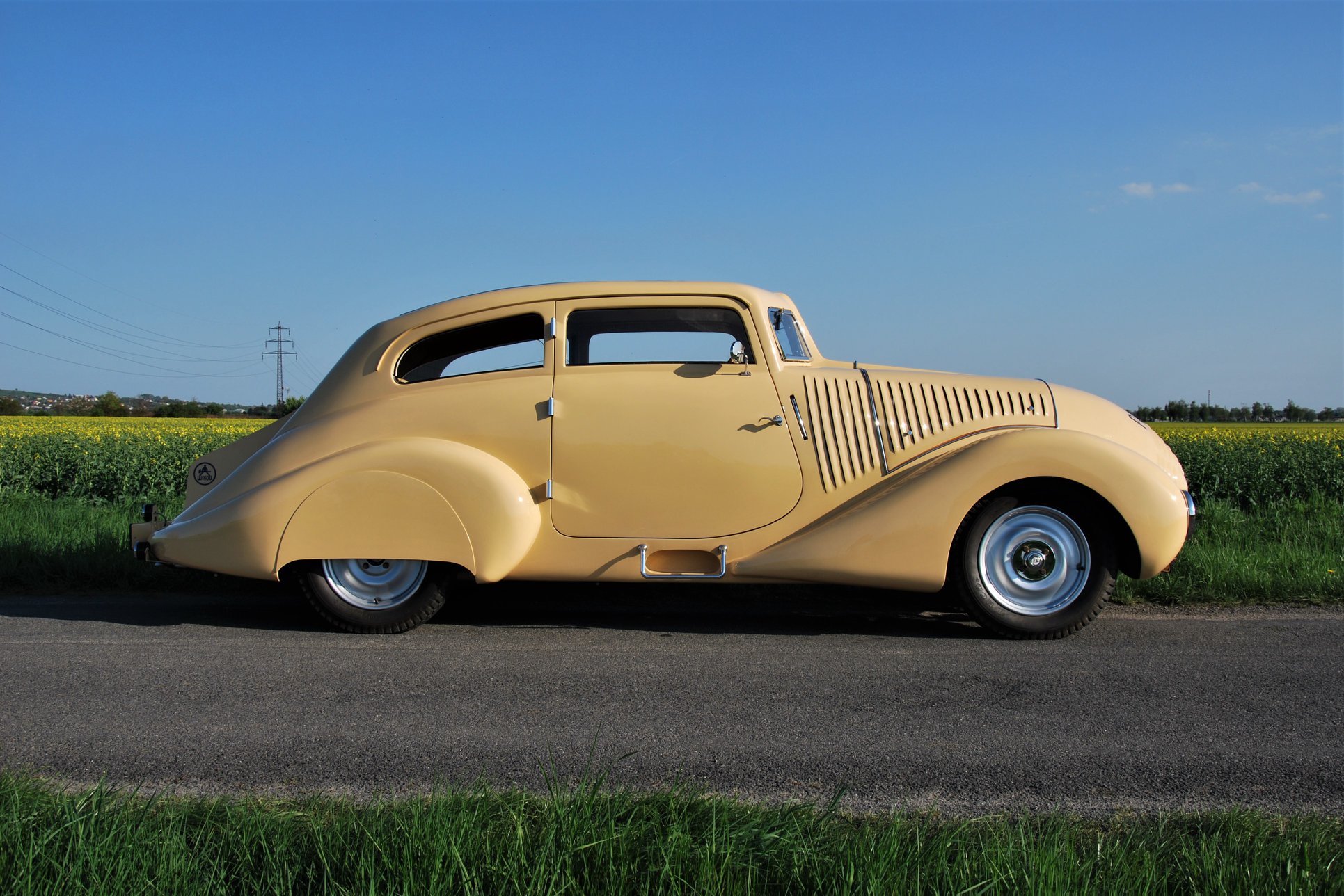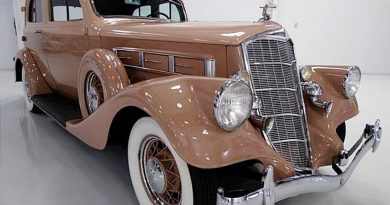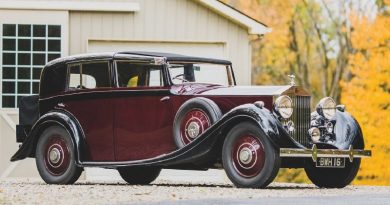1931 Wikov 35 Kapka
Wichterle & Kovářik was a Czechoslovakian machinery manufacturer based in Prostějov. They produced cars and trucks from 1925 to 1937.
Wikov 35 Kapka built from 1930 to 1935, 150 examples were built. The 1743cc four-cylinder engine produced 35 hp. It was offered in a four-seater phaeton, four- or six-seater limousine, open tourer, cabriolet or a landaulet body.
In 1931, they experimented with streamlining by fitting a aerodynamic body on a Type 35 chassis. Mass production were planned but setbacks caused it to never happened. Despite being well received by the press, the public wasn’t ready for it. It was also expensive to produced and the performance and fuel consumption was lacklustre. Only 6 examples were made.

Wikov is from the Czech republic and in 12 years built less than 800 cars. The company was named after the two founders Wichterle & Kovarok, and built cars and trucks from 1925 to 1937 in the town of Prostejov.

The Wikov Type 35 Kapka from 1931. The first streamlined car design from Czechoslovakia. The Czechs in particular have produced some excellent cars, although this one is a bit of a pig to handle!

Beside the series production of the vehicles and a few pieces of the sports raced vehicles, there were outstanding and experimental vehicles and prototypes from the beginning of the 1930s. The car maker reacted to the then developing trends in a construction of motor vehicles. The most popular of them was the first Czechoslovak car with aerodynamic bodywork Wikov 35 “Kapka” (“Drop”). With this car, the car maker was willing to help with increasingly clear tendencies to adjust the shape of cars to higher speeds. Although this project was not successful and from the beginning was problematic from the point of applicability at the then road conditions, it showed one of the options of the future development of car bodywork.




